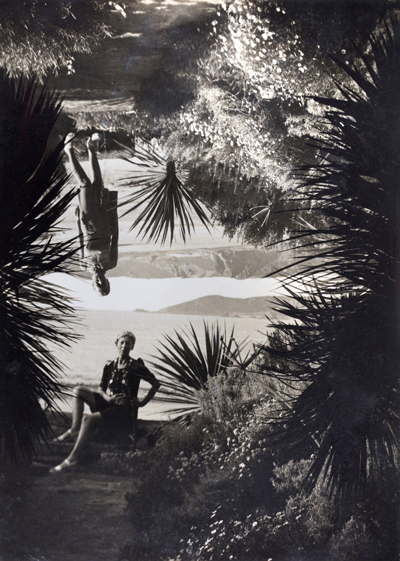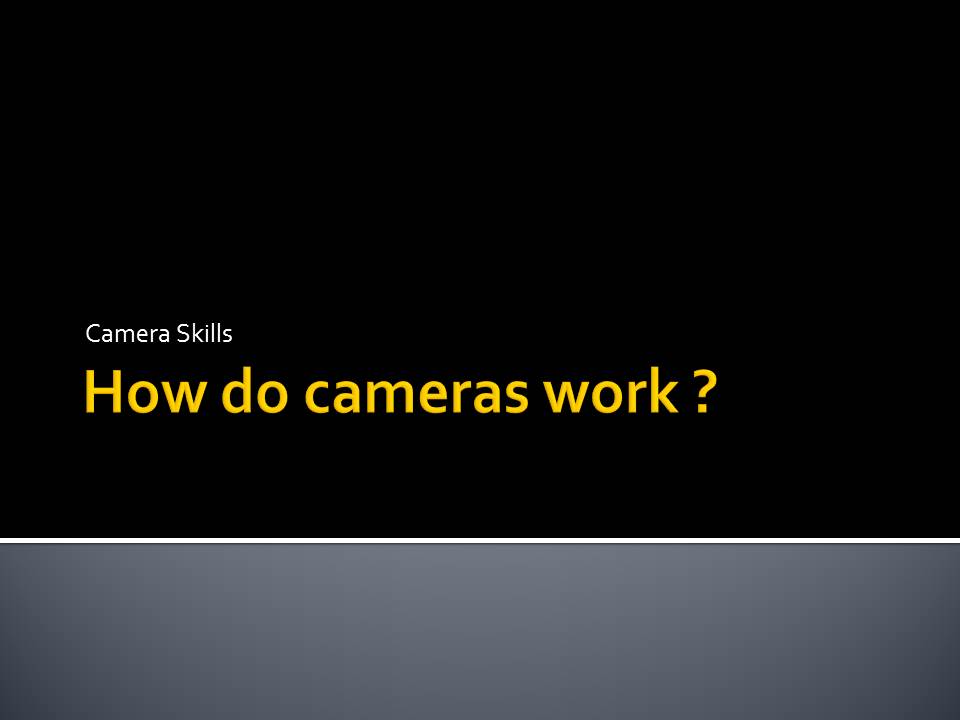
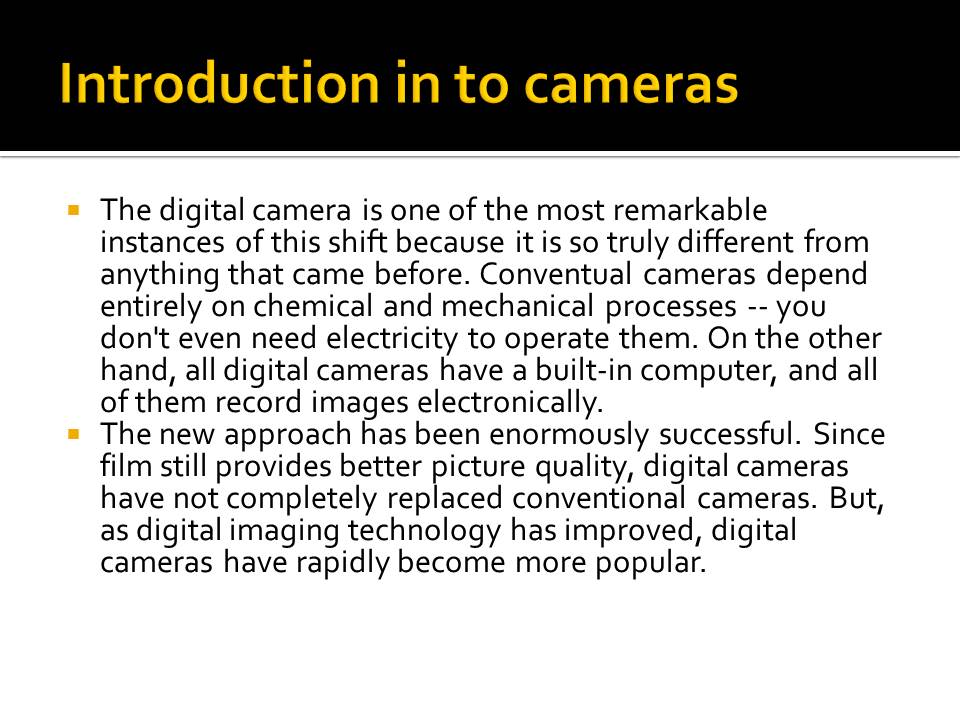
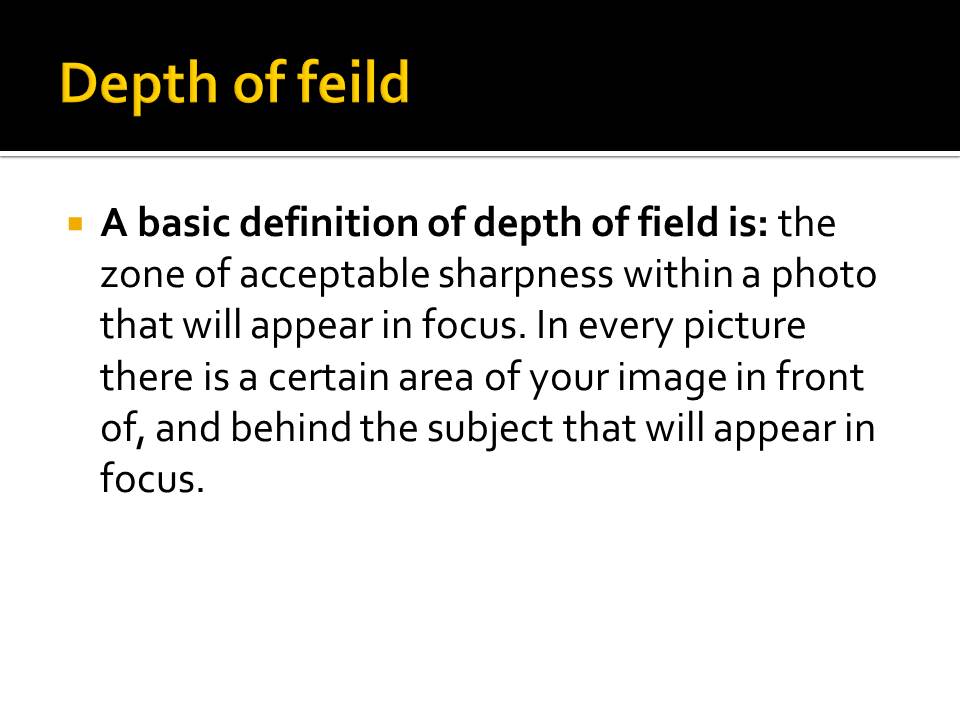


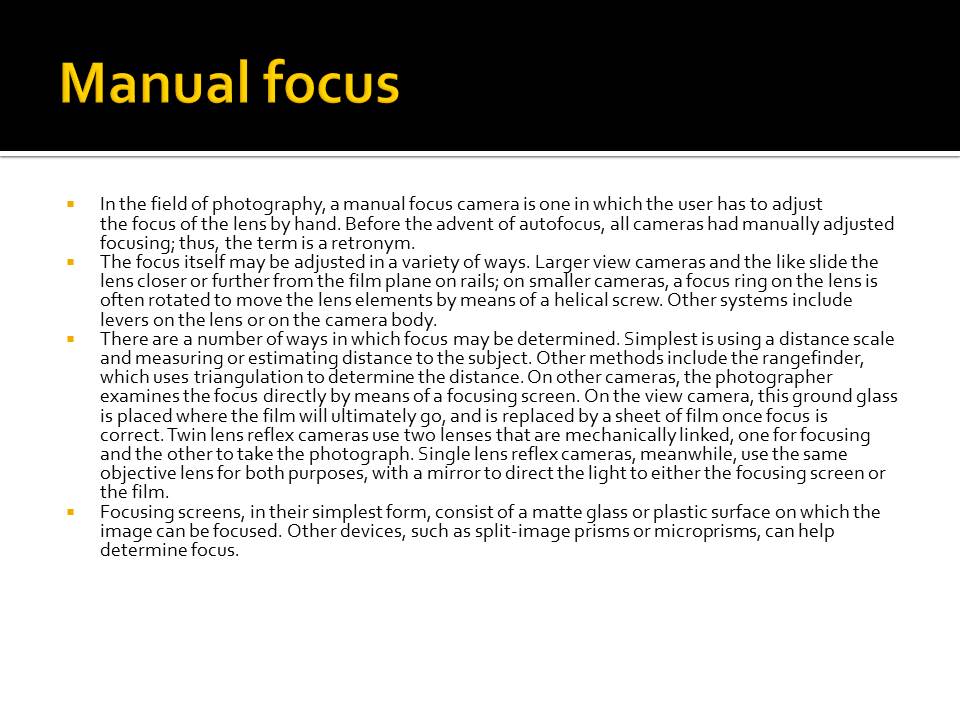
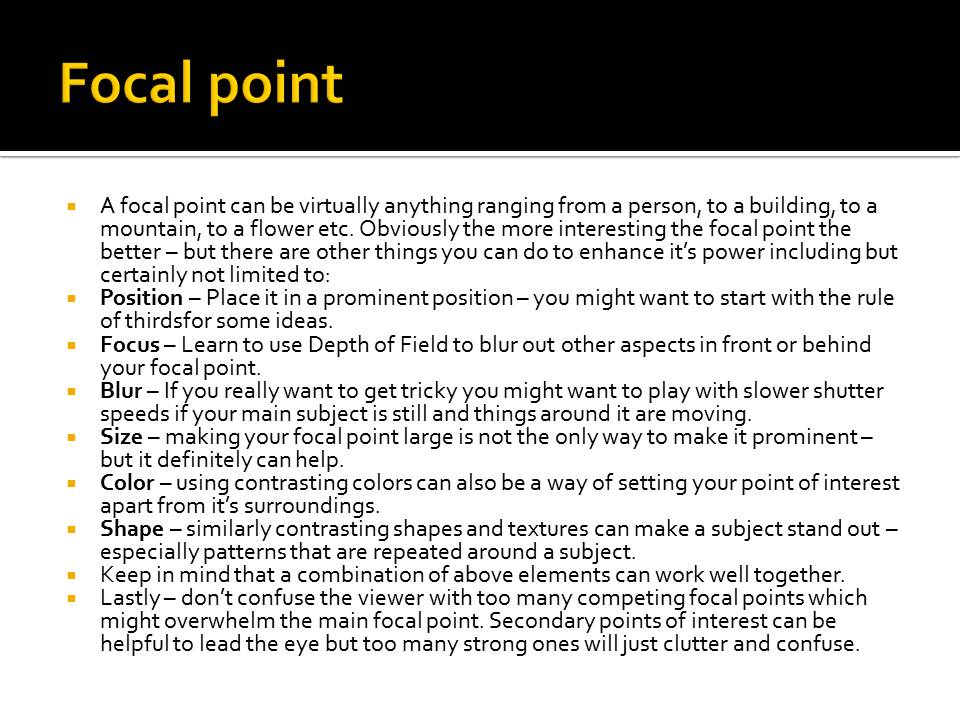
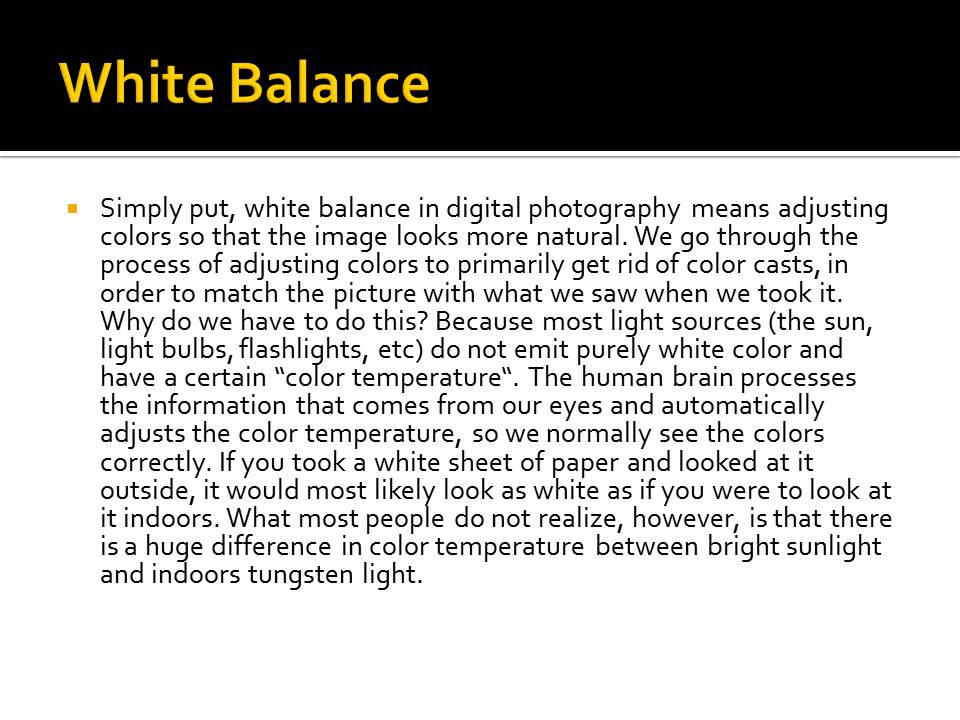
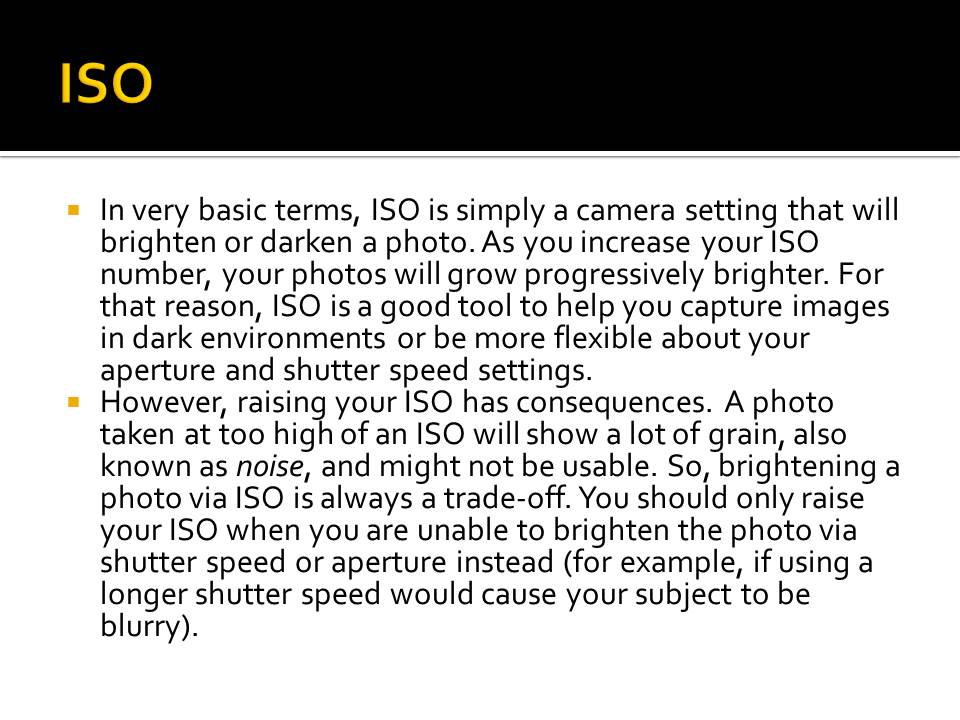
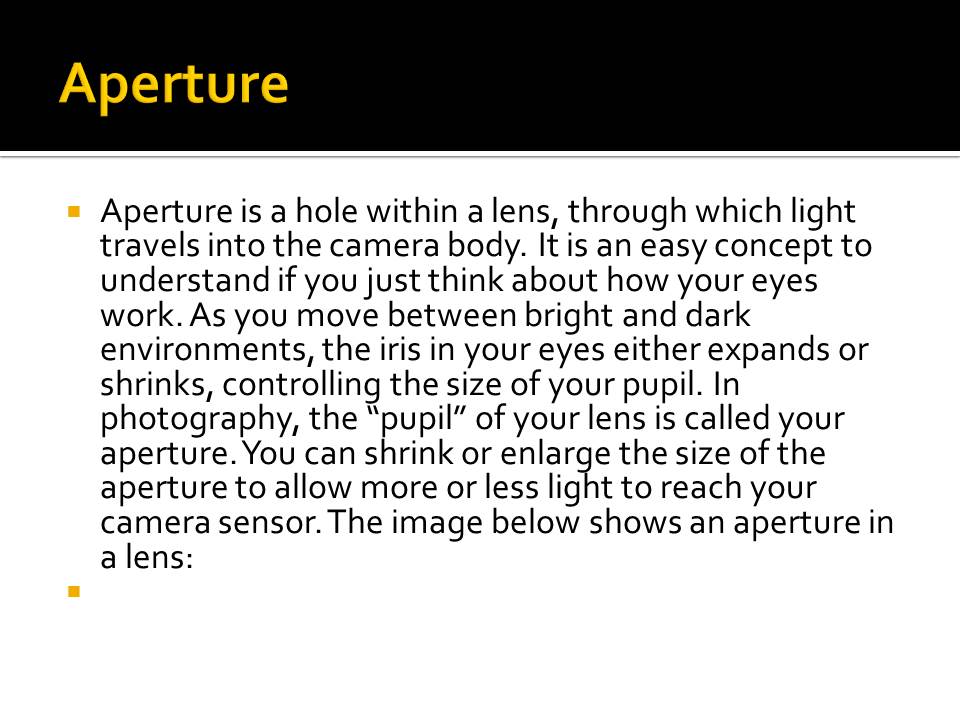
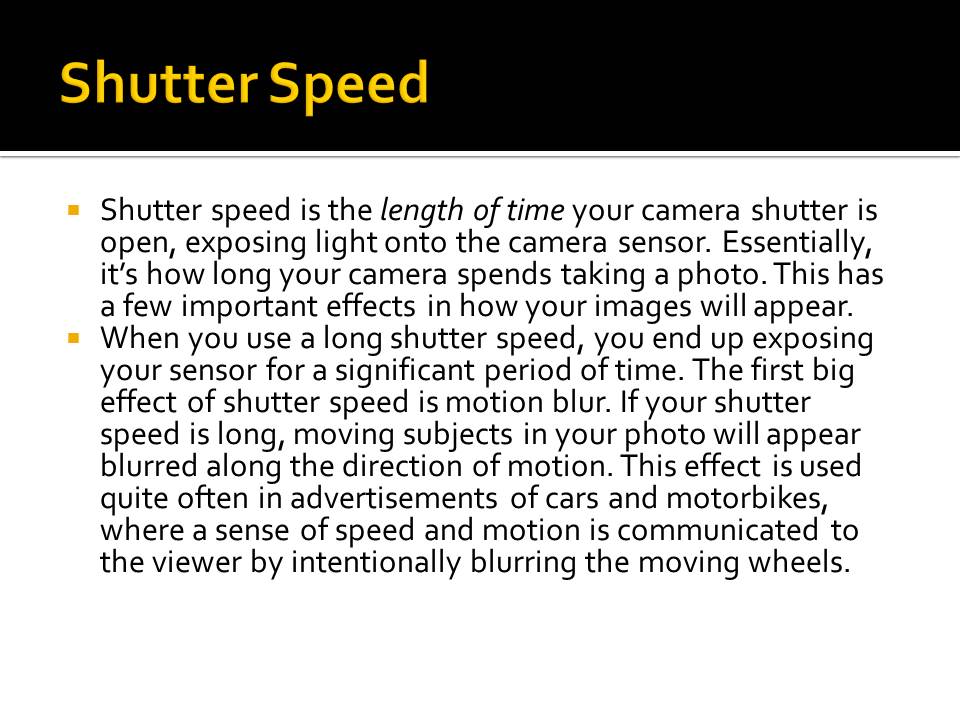
Daily Archives: September 26, 2018
Filters
Camera skills
Definitions of camera skills:
- Focus Control– Focus is the one area that lenses out perform the human eye. Lenses come in a wide variety of focal lengths, allowing them to “see” objects that are very large and very far away, like galaxies and stars, or objects that are very small and very nearby, like bacteria and DNA.
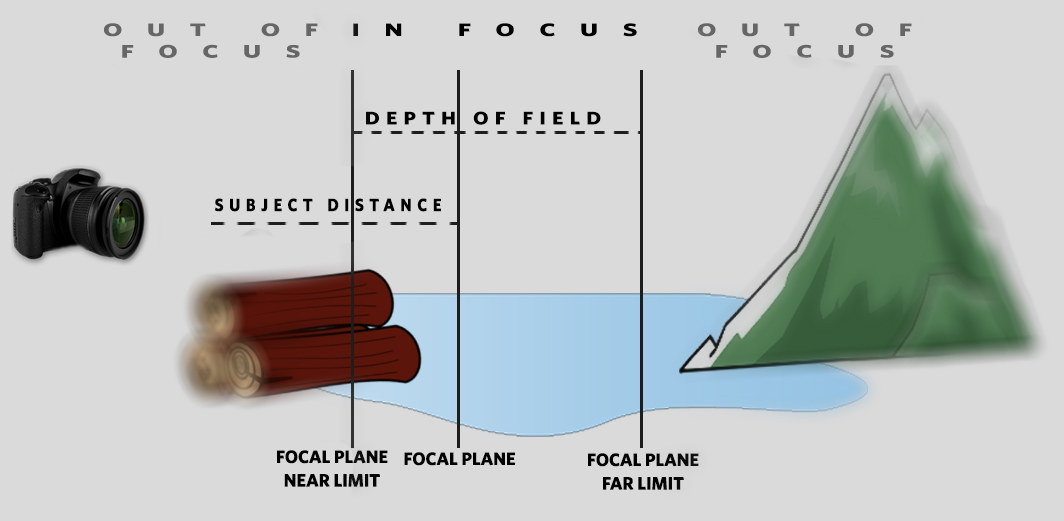
- Depth of Field- the distance between the nearest and the furthest objects giving a focused image.
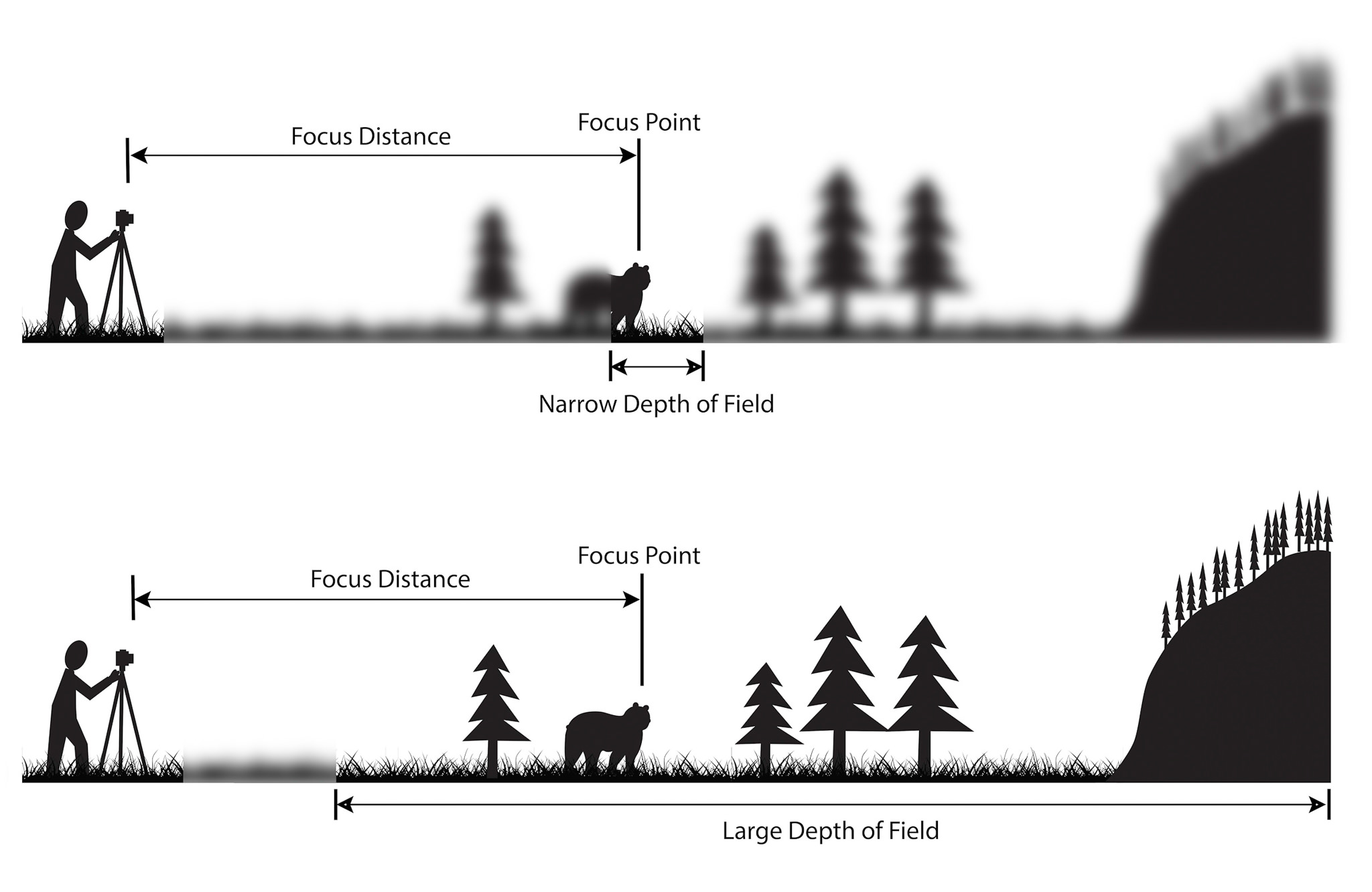
- Focal length– the distance between the centre of a lens or curved mirror and its focus.
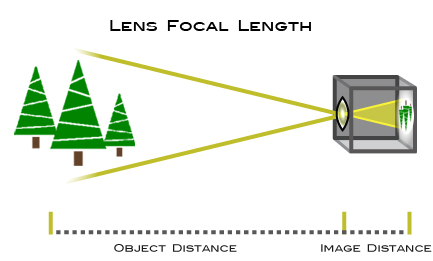
- White Balance– the colour balance of the image

- ISO– measures the sensitivity of the image sensor
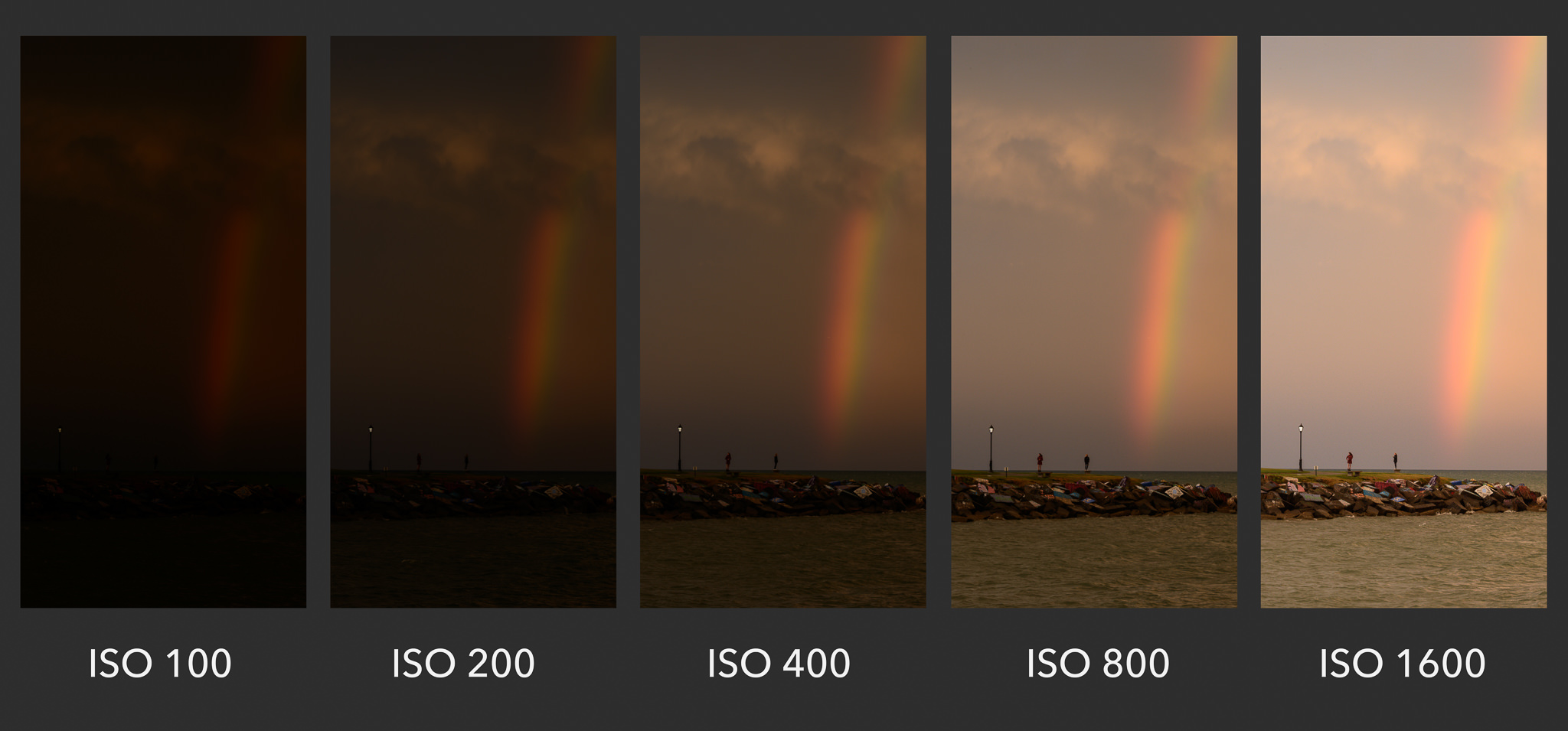
- Aperture– a space through which light passes in an optical or photographic instrument, especially the variable opening by which light enters a camera.

Playing Around In Photoshop


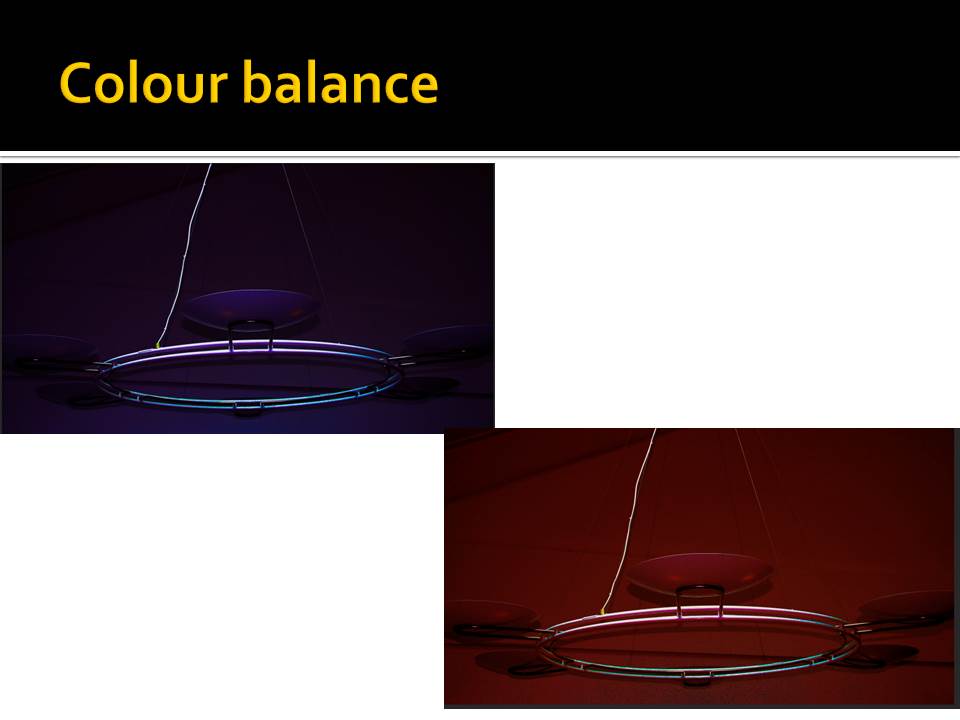
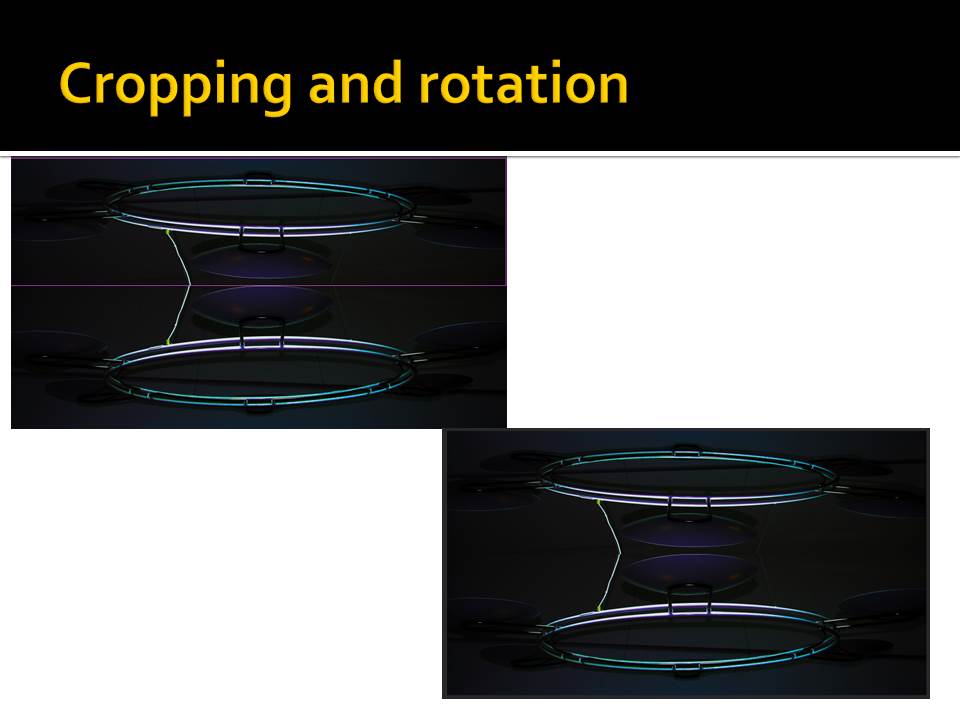
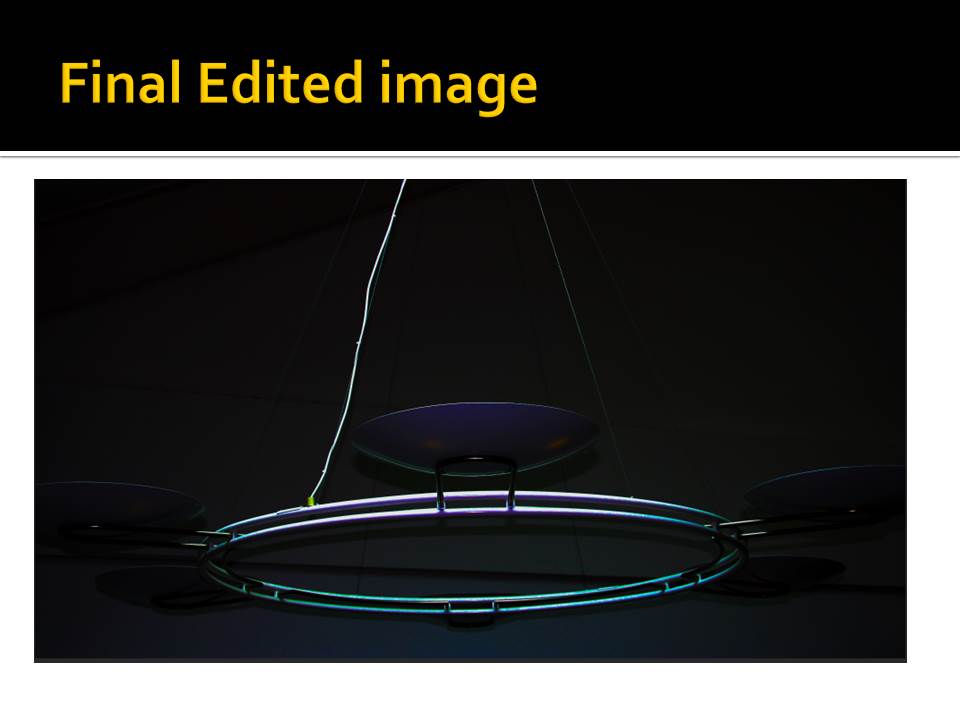
Paper Shoot











Experimenting In Photoshop
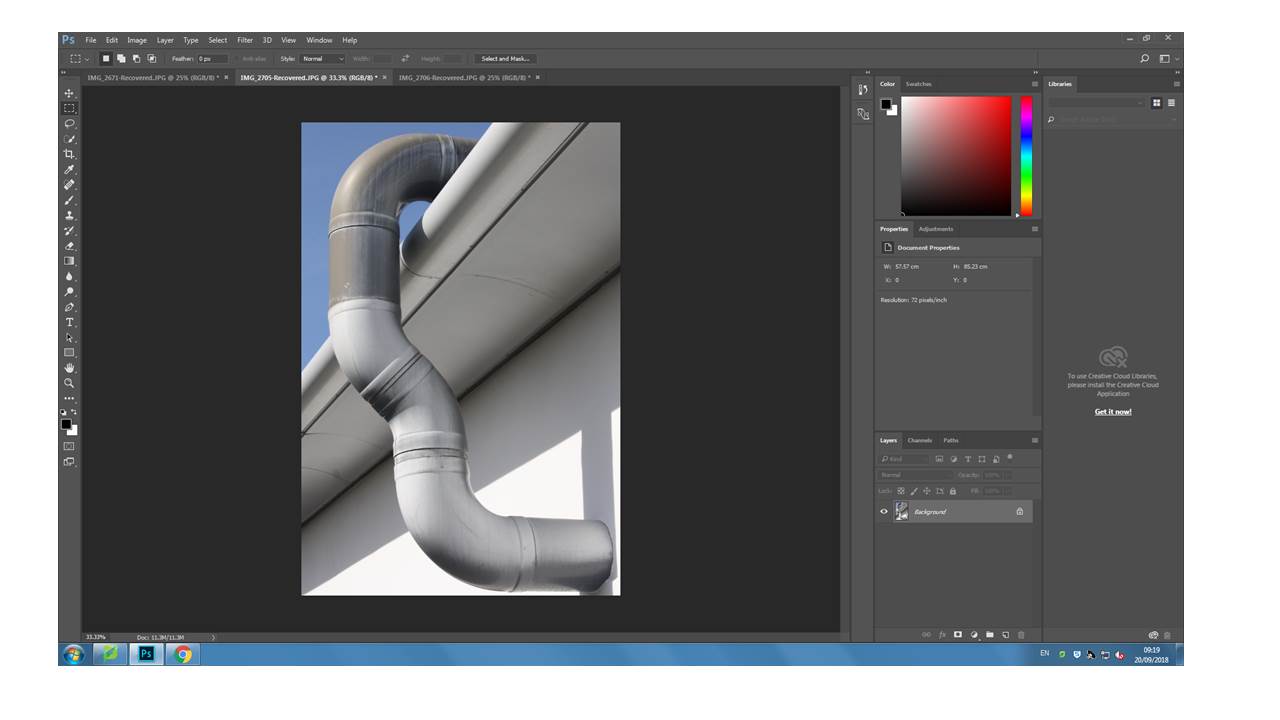
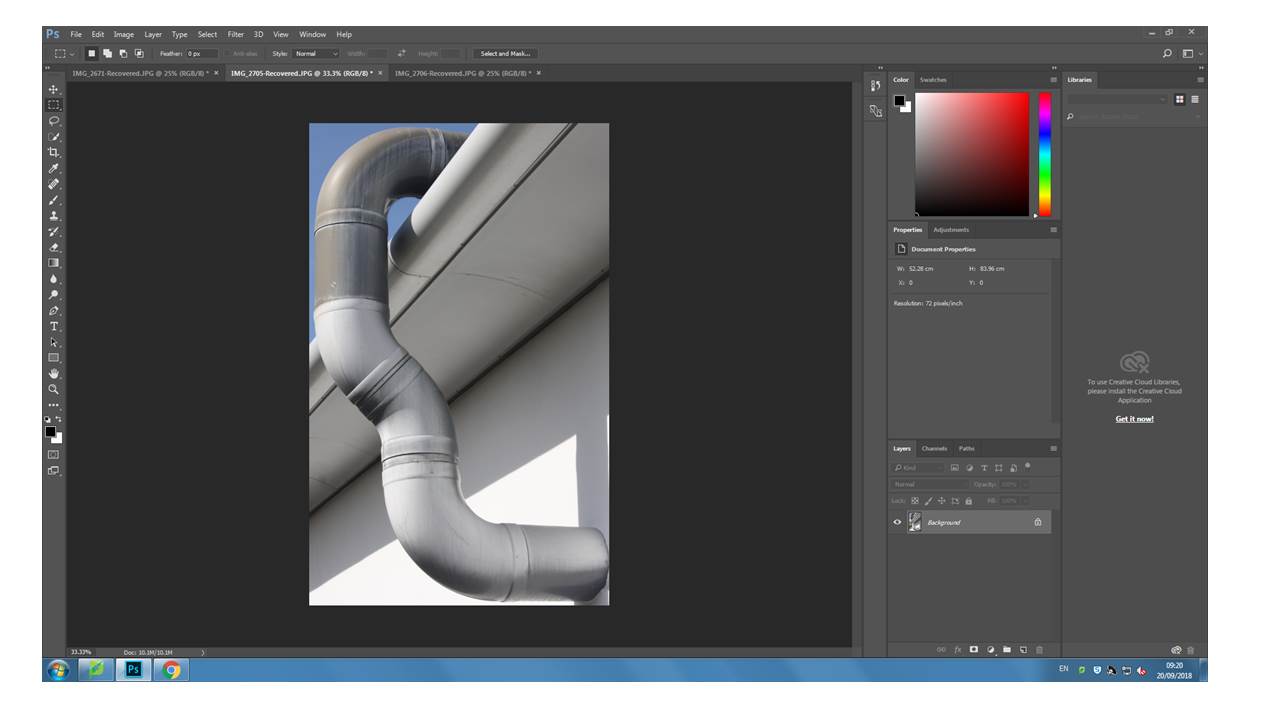
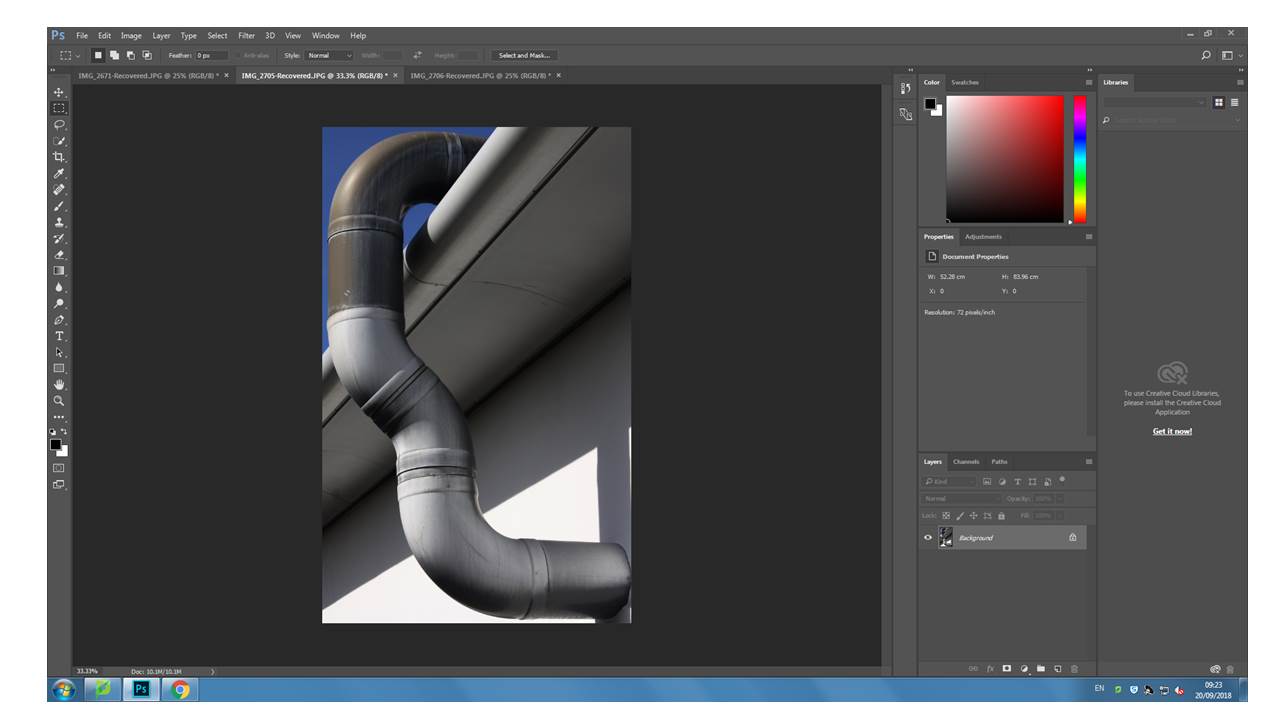
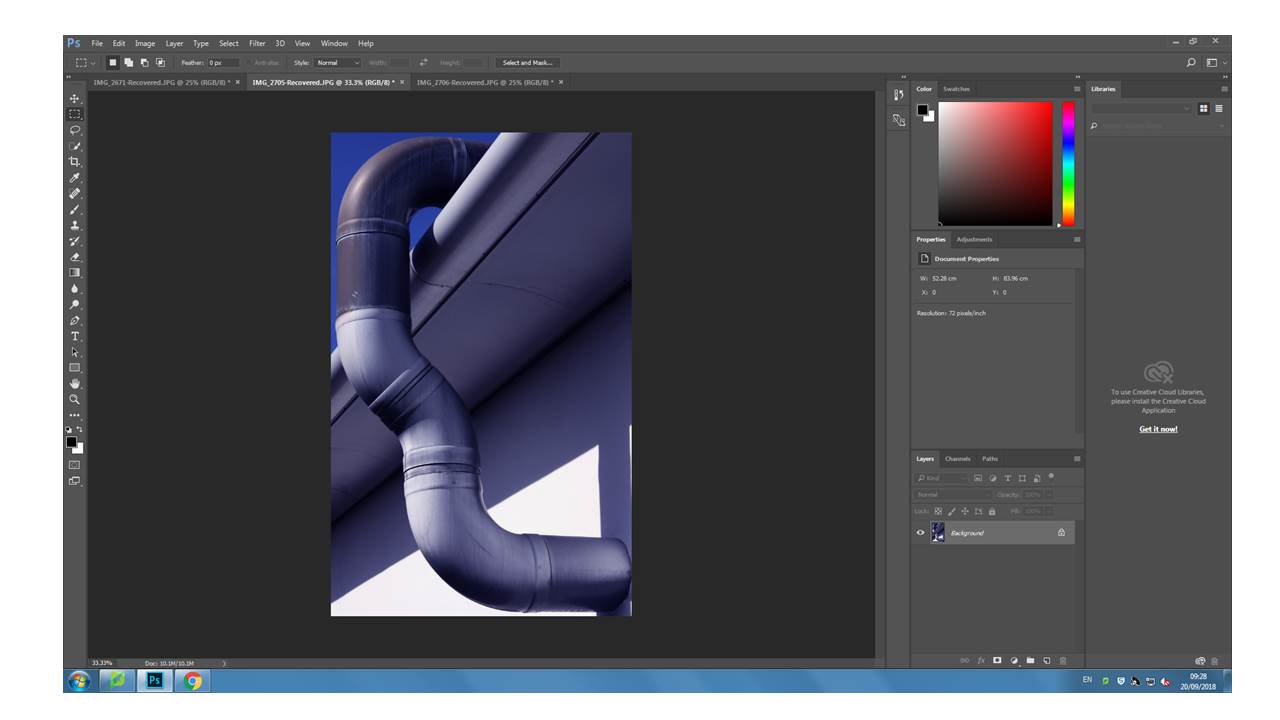



Albert Renger -Patzsch
ALBERT RENGER- PATZCH WAS A GERMAN PHOTOGRAPHER OFTEN ASSOCIATED WITH THE TOPIC OF ABSTRACT PHOTOGRAPHY. HE WAS BORN ON JUNE 22ND 1897 IN WURZBURG. ALBERT BEGAN PHOTOGRAPHING BY THE AGE OF TWELVE. THE ERA HIS PHOTOS WAS BASED AROUND WAS WORLD WAR ONE TO WHICH HE SERVED IN THE MILITARY FOR THEN WENT ON TO STUDYING CHEMISTRY AT DRESDEN TECHNICAL COLLAGE.
Alberts interest in photography led him to creating his best well known book called ‘The world is beautiful’
Albert does not stick to one area of photography. His work consists of elements of wildlife,images of traditional craftsman,landscapes and architecture.
All of his work really captures his love for nature and how he sees the world as a beautiful place, Albert uses photography to show to the public his love for the camera.
In 1928 his book ‘the world is beautiful’ he collected over 100 images with patterns of beauty and order but he does this by photographing through nature but only man- made patterns. Meaning that he did not alter anything to form something that was not there before.
Renger-Patzsch work interested me because of the level of detail that he had included. Another reason i like his work is how lined up everything is. I can tell that Renger patzsch takes time to reflect on the setting before trying to capture the moment.





CCA Gallery Exhibition Visit & Analysis
“Entre Nous brings together the photographic works of Claude Cahun (1894-1954) and Clare Rae, presenting a conversation between two performative practices some 70 years apart.” – Entre Nous: Claude Cahun and Clare Rae Exhibition booklet.
The “Entre Nous” exhibition, presented by Clare Rae, featured two photographers and their similar works. Claude Cahun was a surrealist photographer who was based in Paris, France and moved to Jersey during the 1920’s and 40’s. She often depicted identity, challenged stereotypical gender roles, and featured mythology and legends in her works.
Clare Rae is a photographer and former “artist in residence” in Jersey who is from Australia. She is very well-known in her home country, however, with this exhibition, she has started to become internationally well-known. Clare Rae’s series of work which has been presented exclusively for this exhibition has been heavily influenced and inspired by Claude Cahun’s work.

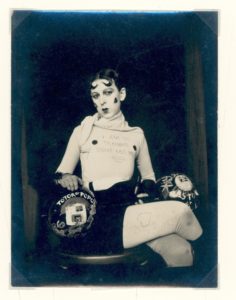
Claude Cahun “Je tends les bras” & “I am in training don’t kiss me”, respectively.
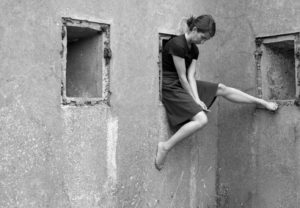
Clare Rae “Bunker near Petit Plemont”
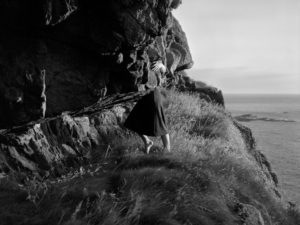
Clare Rae “Le Pinacle”
Clare Rae’s work features many of the same themes which Cahun covers. However, the most obvious theme is the ”Myths & Legends” where rocks would be portrayed as having human body parts. Other obvious similarities include both sets of images being in black and white as well. However, although both in black and white, Rae’s images are sharper and more detailed, this is due to the majority of Cahun’s images being taken in the 1920’s and 30’s, where cameras weren’t as developed.
My favourite image from Rae’s set of images is “Le Pinacle” due to the image being focused on Rae, as shown by her being centred in the image, although most of her body is being obstructed by the rock which is jutting out.
My favourite image from Cahun’s set of images is the image in which she is in her garden. What I like about this image is the splicing of the two images where Cahun is standing, and where she is sitting.
